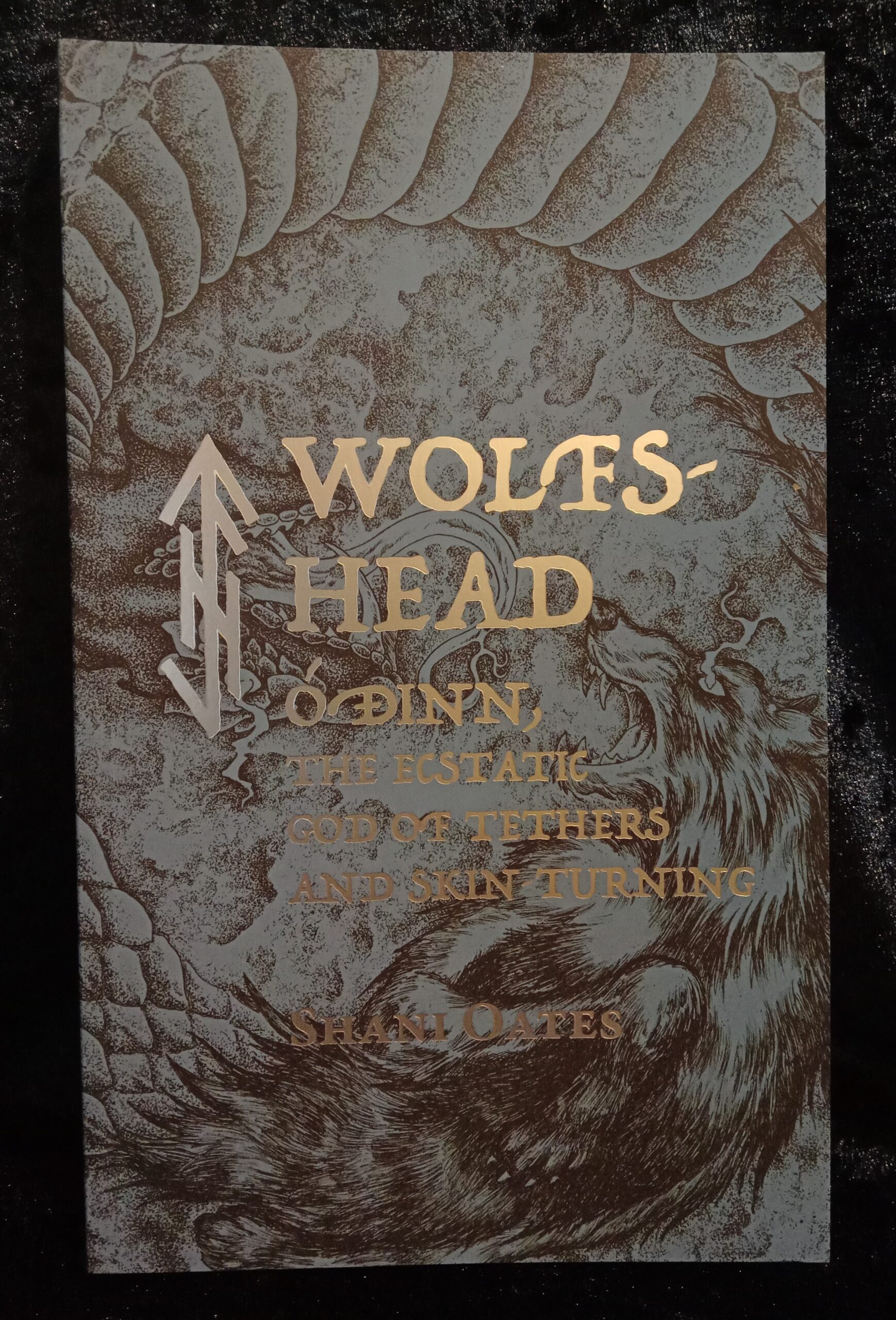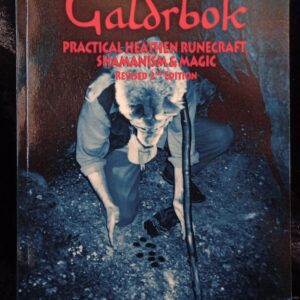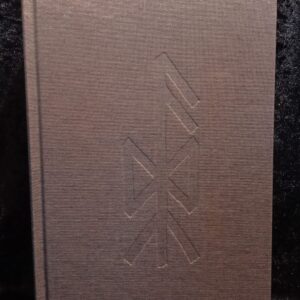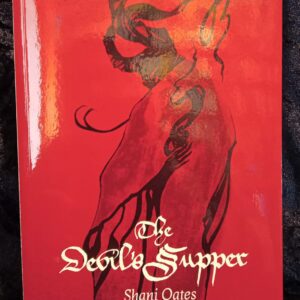£30.00
OCTAVO Paperback Edition (1st Printing, 2023 – ltd. 750 copies): 5.25 x 8.5 inches. 240 pages. German Binding. Velvet Matte (Scuff Free) finish. Silver Foil stamping on Cover and Backcover. Thoroughly illustrated throughout by BFR Art, Fine typography, printed on Tango Opaque White 140M quality paper
1 in stock
Description
“As a transpersonal state, berserkergangr has attracted a host of theories that attempt to explain or rationalise it as a drug-induced frenzy, or insanity. Too few studies are open to the possibility of an enhanced state of spiritual intoxication, of ‘god possession.’ Being an ecstatic madness, that dedication to an extreme warrior code is more akin to the mysterious disciplines of the east that demand, privation, ordeal and self-sacrifice. It is the path of the zealot, the hero and the priest combined.”
Óðinn’s identity as the Ecstatic God of the Tethers of Law and Death, is least recognised through his Skin-Turning and Shape-shifting techniques as gifts of the highest craft he imparts to a shamanic warrior elite. Those themes are explored in this volume, alighting upon a wide range of magics and histories identified within the Óðinnic cultus. Medieval source materials yield a wealth of information relating to Totemism; Ritual Guising; the Berserkir and Úlfhéðnar as Óðinn’s True Wolf Warriors; Motifs of Magical Beasts in Battle; the Wælceasega as Carrion Host; the Law and Covenants relating to Wǽr-loga; Outlawry; She-Wulves; The Red Thread of Wyrd, Warding and Binding the Dead, Varðlo(k)kur – the call to spirit; Dragons, the Wyrm, and finally, to the malefic sorcery of the Dog Heads of War, The Zmei, The Roggenwolf and the Bukka, whose presence in the wheat, rye and barley knots of the blessed harvest grains, all wend a path through to the real St George, to Green George.
Enchanted thread, girdles, withies and staves, seiðr and the völur are woven through the time-honoured mysteries shared by Beowulf, Grendel and his brimwylf (‘sea-wolf’) mother. Nordic culture drew inspiration and influence from the magical and martial disciplines of the Sámi, Slavic, north-European and Eurasian peoples. Invoking the divine ecstasy of creation, Shamen priests and warriors, stand ‘outside’ time. Óðinn’s antinomian challenges generated considerable friction within societal ‘law.’ The dehumanisation of the skóggarmaðr (wild men of the forest) outlawed for following his rule, rendered them indistinct from the forest-wolf’s status, and were perceived as equal quarry. Transpersonal experiences shaped their realities, relating to identification through a clan totem, namely the wolf, and later the dragon, wyrm and raven, not merely as wild beasts of battle, but of ancestry, mind, of wit and wisdom. Couched in ambiguities, the role of the Valkyrjur, the ‘handmaidens of Óðinn is re-evaluated, leading to a new conclusion for their association with (battle) carnage and the ‘Cult of the Dead.’




